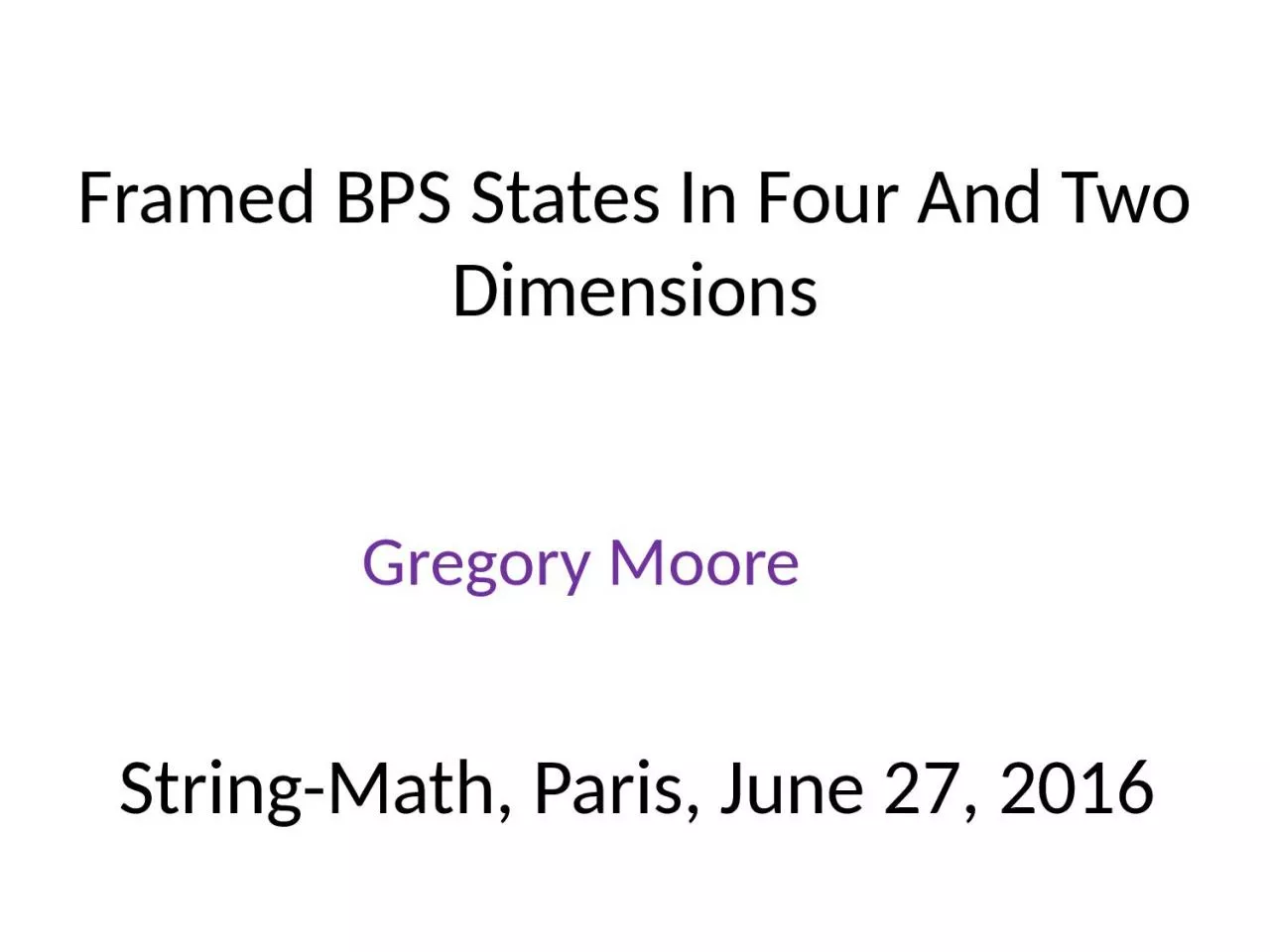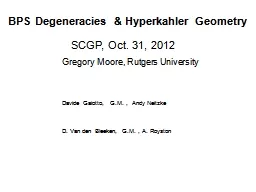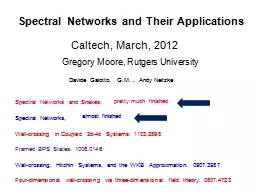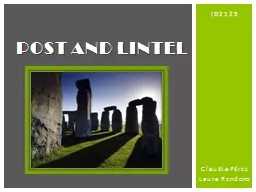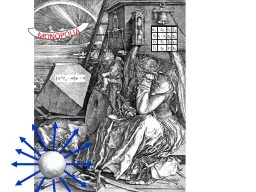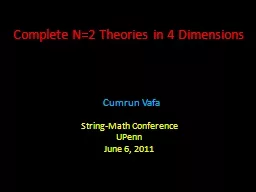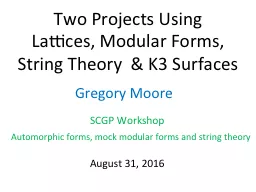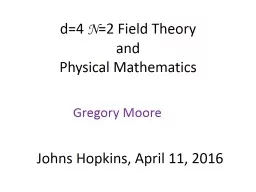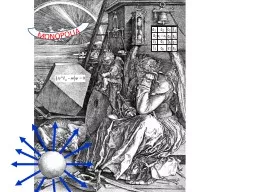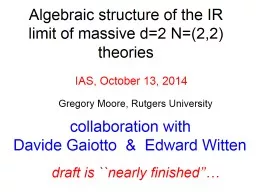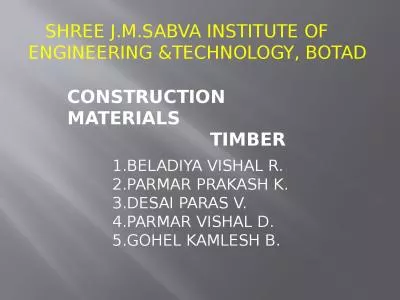PPT-Framed BPS States In Four And Two Dimensions
Author : BubblyBlonde | Published Date : 2022-08-03
Gregory Moore StringMath Paris June 27 2016 Review Derivation Of KSWCF Using Framed BPS States 2 Application to knot homology 1 2 3 4 Semiclassical BPS States
Presentation Embed Code
Download Presentation
Download Presentation The PPT/PDF document "Framed BPS States In Four And Two Dimens..." is the property of its rightful owner. Permission is granted to download and print the materials on this website for personal, non-commercial use only, and to display it on your personal computer provided you do not modify the materials and that you retain all copyright notices contained in the materials. By downloading content from our website, you accept the terms of this agreement.
Framed BPS States In Four And Two Dimensions: Transcript
Download Rules Of Document
"Framed BPS States In Four And Two Dimensions"The content belongs to its owner. You may download and print it for personal use, without modification, and keep all copyright notices. By downloading, you agree to these terms.
Related Documents

